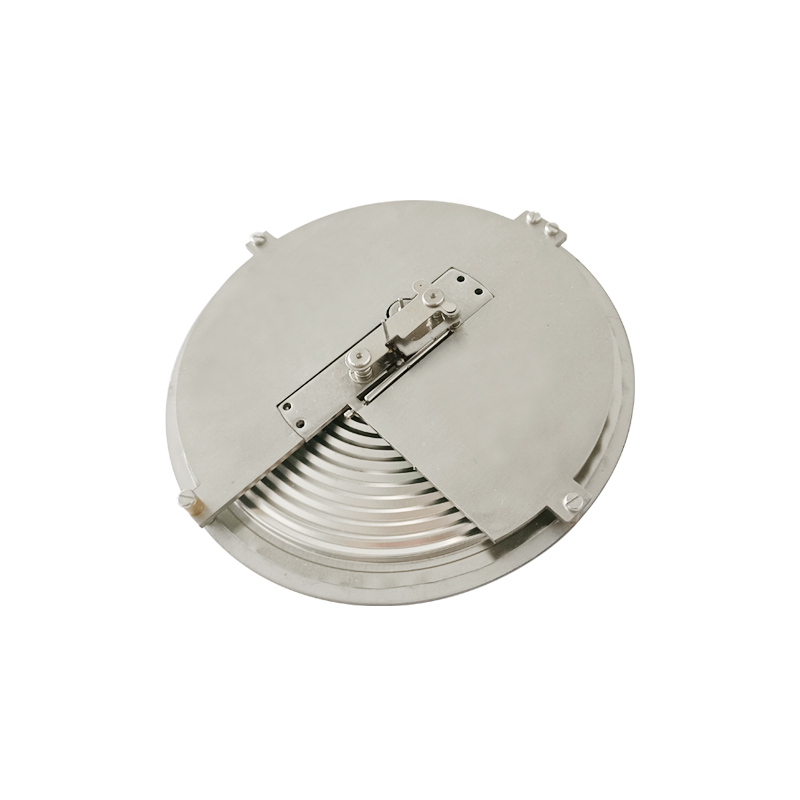
Dec . 20, 2024 05:39 Back to list
Pressure Gauge Functions in Fire Extinguishers for Reliable Safety Monitoring
Understanding the Importance of Pressure Gauges in Fire Extinguishers
Fire safety is a critical consideration for homes, businesses, and public spaces. One of the most effective tools for combating fire emergencies is the fire extinguisher. However, an often-overlooked component of this essential safety device is the pressure gauge. This small instrument plays a crucial role in ensuring that the extinguisher is ready for use when needed. This article explores the significance of pressure gauges in fire extinguishers, their operation, and best practices for maintenance and inspection.
What is a Pressure Gauge?
A pressure gauge is a device that measures the pressure of gas or liquid within a system, providing visual feedback that indicates whether the unit is functioning properly. In the context of fire extinguishers, the pressure gauge typically indicates whether the internal pressure is within the optimal operating range. Most modern extinguishers are equipped with either a needle gauge or a digital display that clearly shows the pressure status.
Why is Pressure Important?
The effectiveness of a fire extinguisher heavily relies on its internal pressure. If the pressure is too low, the extinguisher may fail to discharge its contents effectively during a fire emergency, leading to potentially catastrophic consequences. Conversely, if the pressure is too high, it can cause the extinguisher to rupture or malfunction, posing danger to the user. Thus, the pressure gauge serves as an essential indicator of the fire extinguisher's preparedness.
How to Read a Pressure Gauge
Reading a pressure gauge is relatively straightforward. Most gauges have a color-coded system. Typically, there are three color zones the green zone indicates an acceptable pressure range, the red zone indicates too low or too high pressure, and sometimes a yellow zone may signify caution. Users should familiarize themselves with these markings to quickly assess the state of the extinguisher.
For needle gauges, the needle should ideally point to the green zone. For digital gauges, ensure that the reading confirms adequate pressure. It is essential to check the gauge periodically, at least once a month, to ensure it remains in the green zone.
pressure gauge in fire extinguisher products

Maintenance and Inspection
Regular maintenance and inspection of fire extinguishers are vital to ensuring they remain functional in emergencies. It’s important to check the pressure gauge as part of a broader maintenance routine. If the needle shifts to the red zone, the extinguisher should be recharged or serviced immediately.
Every fire extinguisher should also undergo an annual professional inspection, where a certified technician assesses its overall condition. During this inspection, the technician will verify the accuracy of the pressure gauge, check the physical condition of the extinguisher, and replace any components as necessary.
Common Issues with Pressure Gauges
There are several issues that can occur with pressure gauges in fire extinguishers. One common problem is gauge malfunction, where the gauge may provide inaccurate readings due to internal leaks or damage. In such cases, it’s crucial to seek professional assistance to replace or recalibrate the gauge.
Another issue can arise from environmental conditions. Extreme temperatures, whether hot or cold, can affect the internal pressure of the extinguisher. Users should keep extinguishers in appropriate environments, away from direct sunlight or areas with significant temperature fluctuations.
Conclusion
In conclusion, the pressure gauge is an integral component of fire extinguishers that should not be overlooked. Regular checks and understanding how to interpret the gauge can make the difference between preparedness and panic in the face of a fire emergency. By maintaining fire extinguishers and ensuring that their pressure gauges are functioning correctly, individuals and businesses can enhance their safety measures and be better equipped to handle unexpected fire incidents. Remember, being proactive in fire safety not only protects property but also saves lives.
-
High-Quality Pressure Gauge on Fire Extinguisher - Reliable Water Fire Extinguisher Pressure Gauge Suppliers & Exporters
NewsJul.08,2025
-
High-Quality Water Pressure Differential and Gauge Kit Reliable Manufacturers & Competitive Quotes
NewsJul.08,2025
-
High-Precision Digital Diaphragm Pressure Gauge – Reliable Manufacturer & Competitive Quotes
NewsJul.07,2025
-
Wholesale Diaphragm Pressure Gauge Supplier - Premium Quality & Competitive Price
NewsJul.07,2025
-
Digital Diaphragm Pressure Gauge Reliable & Precise Measurement Top Manufacturers Quotes
NewsJul.06,2025
-
High Accuracy Piston Type Differential Pressure Gauge - Reliable Manufacturers & Competitive Quotes
NewsJul.06,2025
